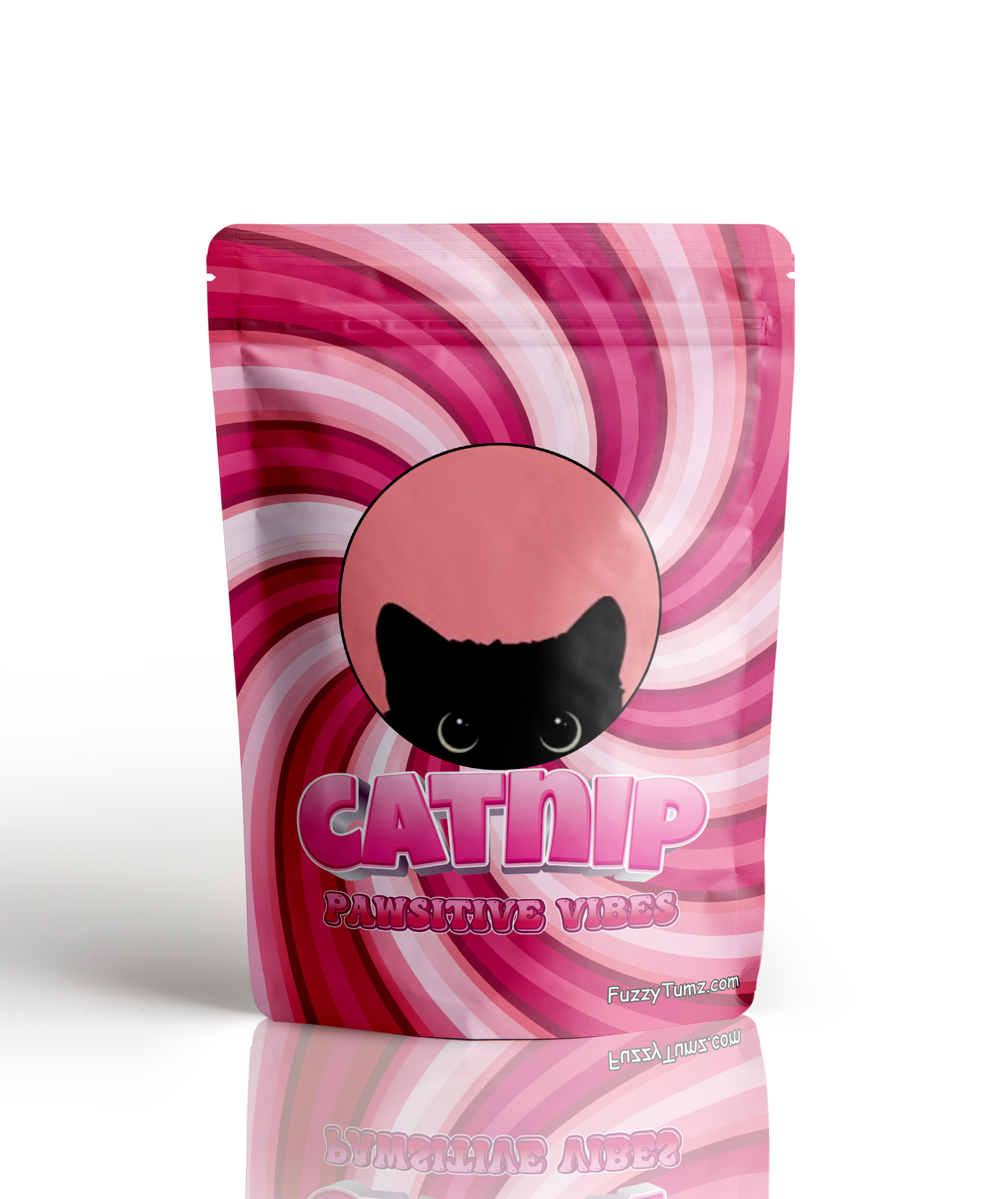Home » Cat Plants » The Toxic Dangers of the Wild Arum Plant to Cats

Arum palaestinum, also known as wild arum, black calla, or Solomon’s lily, is a highly toxic plant for cats. This plant is not an allergen, but it contains insoluble calcium oxalate crystals that can cause severe irritation and inflammation if ingested by felines.
Wild arum is commonly found in the Levant and other parts of the Mediterranean Basin, as well as in North America, North Africa, Europe, Western Asia, and Australia.
Ingestion may cause mild gastrointestinal upset, but is generally not life-threatening.
Ingestion can result in mild symptoms like vomiting, diarrhea, or drooling. Rarely fatal but may require veterinary care.
Eating these plants can lead to more pronounced symptoms like abdominal pain, lethargy, or difficulty breathing. Veterinary intervention may be necessary.
Ingesting even small amounts can cause severe symptoms like organ damage, seizures, or cardiac failure without rapid treatment.
All parts of these plants are extremely poisonous to cats and can quickly lead to death, even with immediate veterinary care.
** Please note: Please note that toxicity level can vary based on the amount ingested and the specific cat. It's always best to keep these plants completely inaccessible to cats and seek immediate veterinary care or call the poison hotline if you suspect your cat has ingested any part of a toxic plant.
If a cat ingests any part of the wild arum plant, it may experience various symptoms due to the presence of calcium oxalate crystals. These crystals can cause:
In severe cases, swelling of the throat can occur, potentially leading to breathing difficulties.
If your cat has ingested the wild arum plant, your veterinarian may diagnose them with calcium oxalate poisoning. The diagnosis process typically involves the following steps:

A: Yes, Wild Arum is harmful to cats. The plant contains calcium oxalate crystals, which can cause severe irritation in the mouth, throat, and digestive tract if ingested.
A: Symptoms of Wild Arum poisoning in cats include excessive drooling, vomiting, and difficulty swallowing. If your cat displays these symptoms, immediate veterinary care is necessary.
A: Wild Arum is highly toxic to pets, including cats. Ingestion can lead to significant discomfort and potentially severe complications if not treated promptly.
A: Cats can recover from Wild Arum poisoning with timely and proper treatment. However, the severity of the symptoms can prolong recovery, making immediate veterinary intervention crucial.
A: It is not safe to grow Wild Arum in a garden with cats due to its toxic nature. Opt for non-toxic plants like basil or lavender to ensure your cat’s safety.
A: If your cat ingests Wild Arum, seek emergency veterinary care immediately. Early intervention is essential to prevent serious health risks and complications.
Arum palaestinum has a long history in the Middle East as food and for its use in traditional Middle Eastern medicine. Engraved drawings of various species of Arum are seen in the Temple of Thutmose III in Karnak (Egypt), depicting the plants when they were brought from Canaan in 1447 BCE. The plant is mentioned in the Mishnah, where its cultivation and use as food was described.
Please note: The information shared in this post is for informational purposes only and should not be considered as veterinary medical advice.
